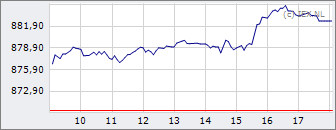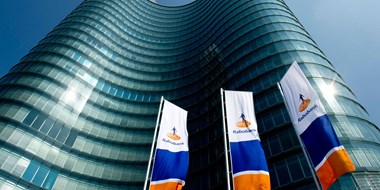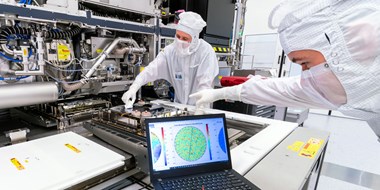Direct naar Forum

|
AEX
865,36
+0,01
+0,00%
18:05
|
|

|
|

|
Germany40^ |
17.744,10
|
-0,15%
|
|

|
BEL 20 |
3.826,58
|
+0,84%
|
|

|
Europe50^ |
4.919,89
|
+0,12%
|
|

|
US30^ |
38.013,46
|
+0,76%
|
|

|
Nasd100^ |
17.548,80
|
+0,25%
|
|

|
US500^ |
5.049,25
|
+0,59%
|
|

|
Japan225^ |
38.001,71
|
+0,68%
|
|

|
Gold spot |
2.382,53
|
+0,91%
|
|

|
EUR/USD |
1,0648
|
-0,21%
|
|

|
WTI |
82,14
|
-0,09%
|
|
#/^ Index indications calculated real time, zie
disclaimer
-
Premium


-
Premium


-
Premium


-
Premium


-
Premium

